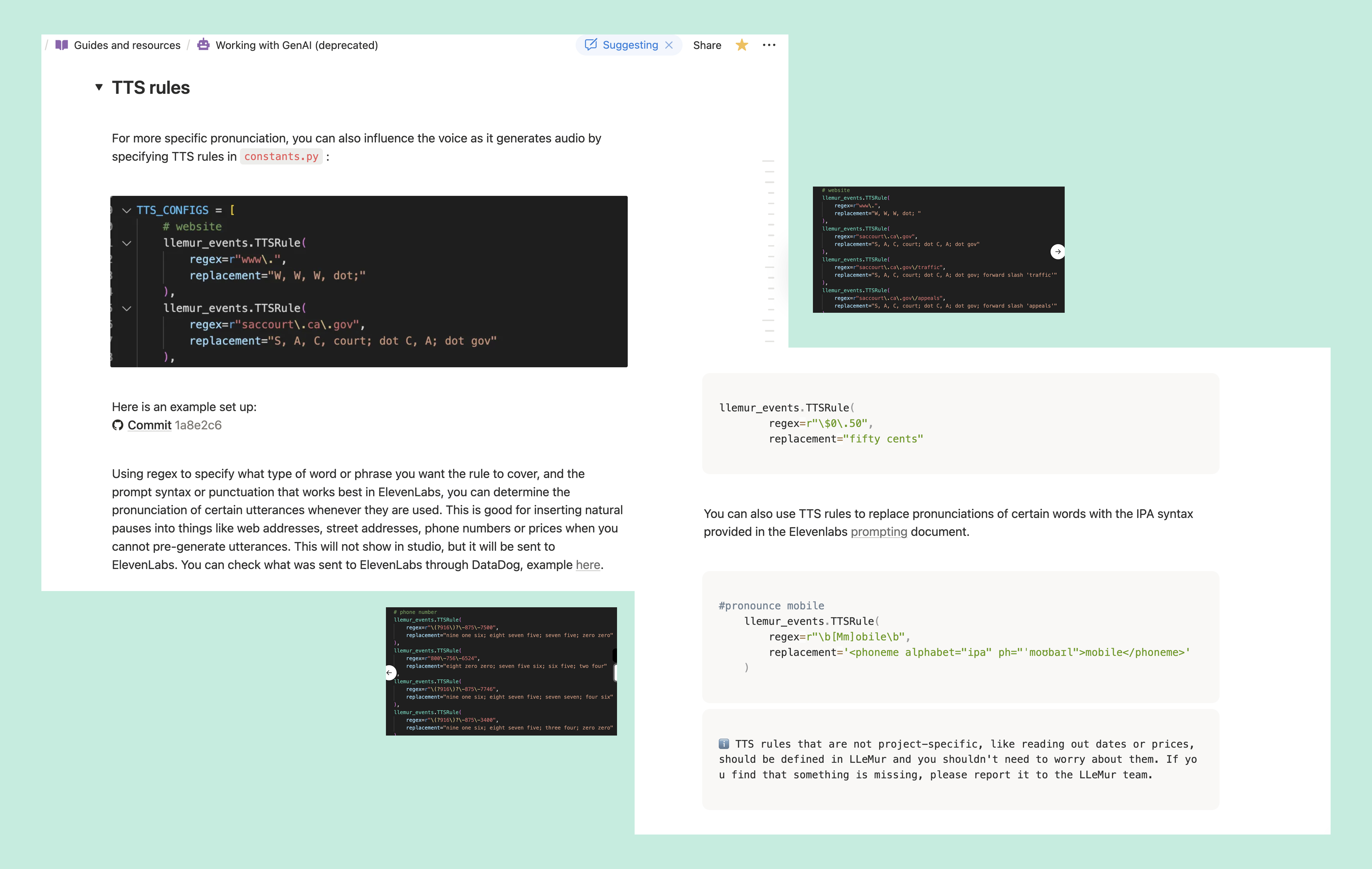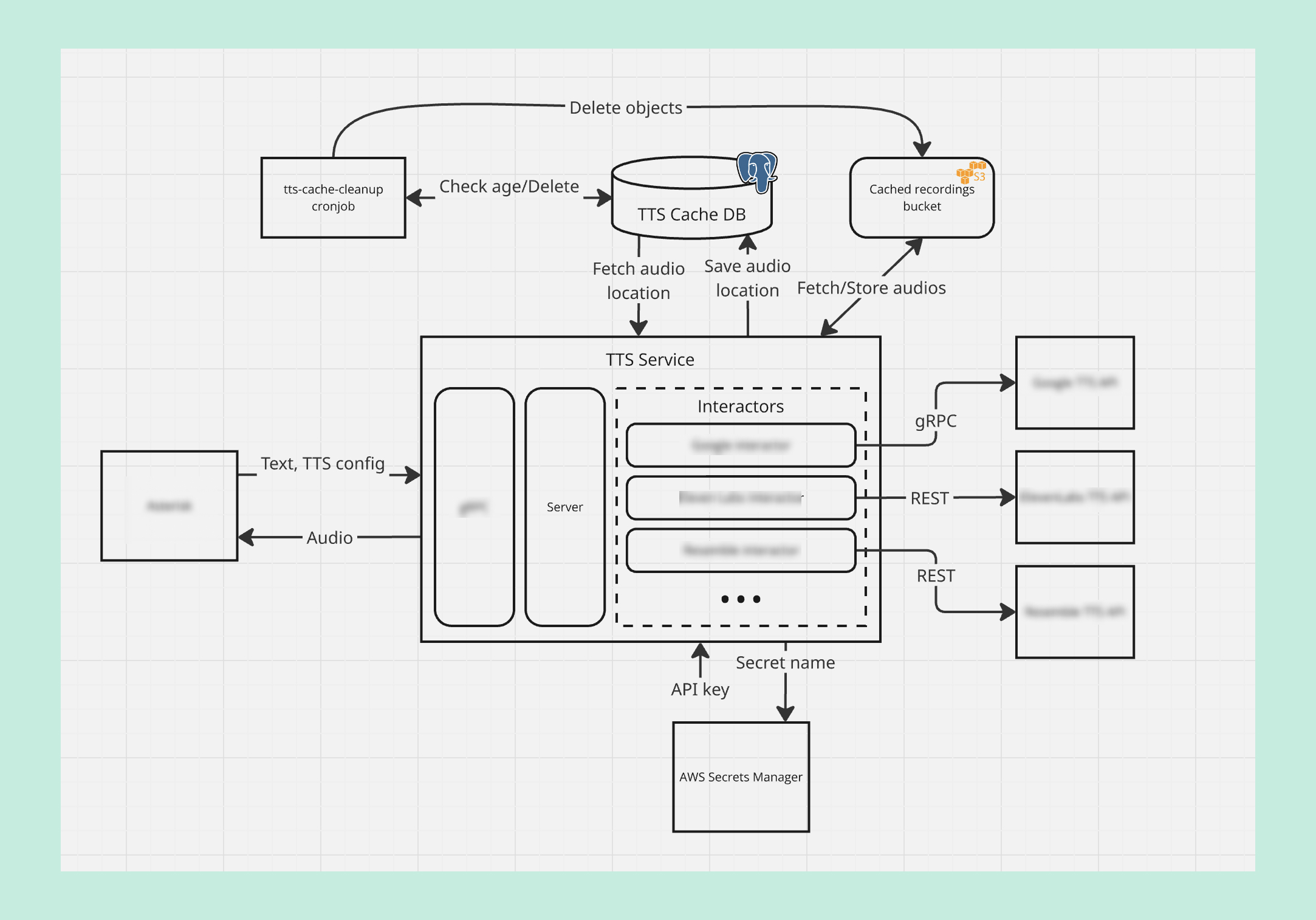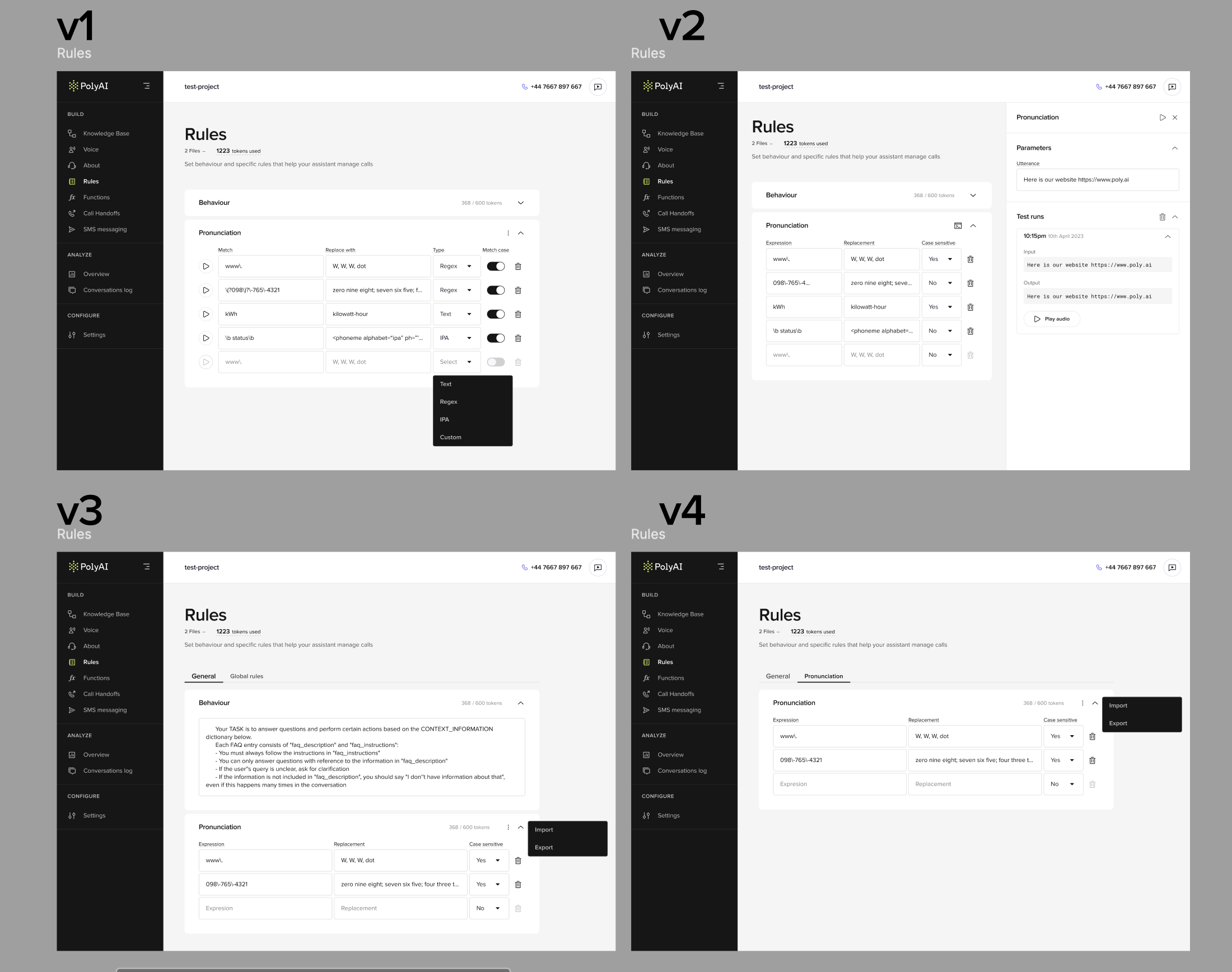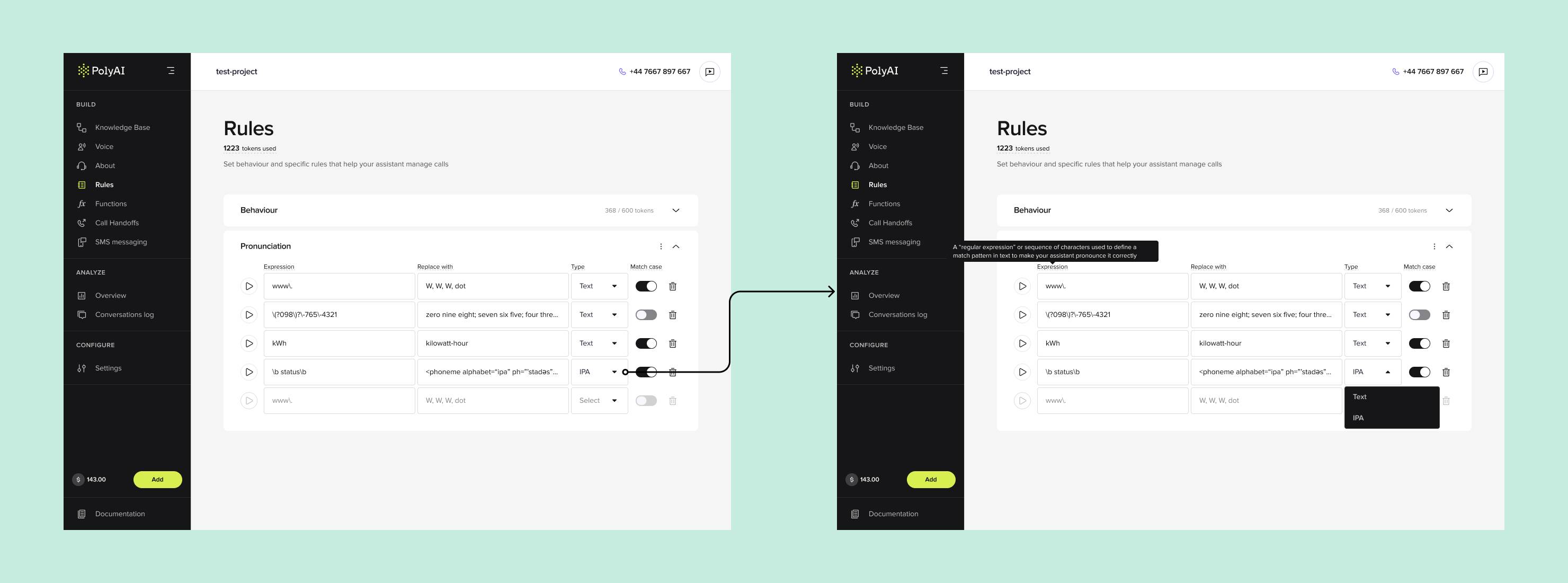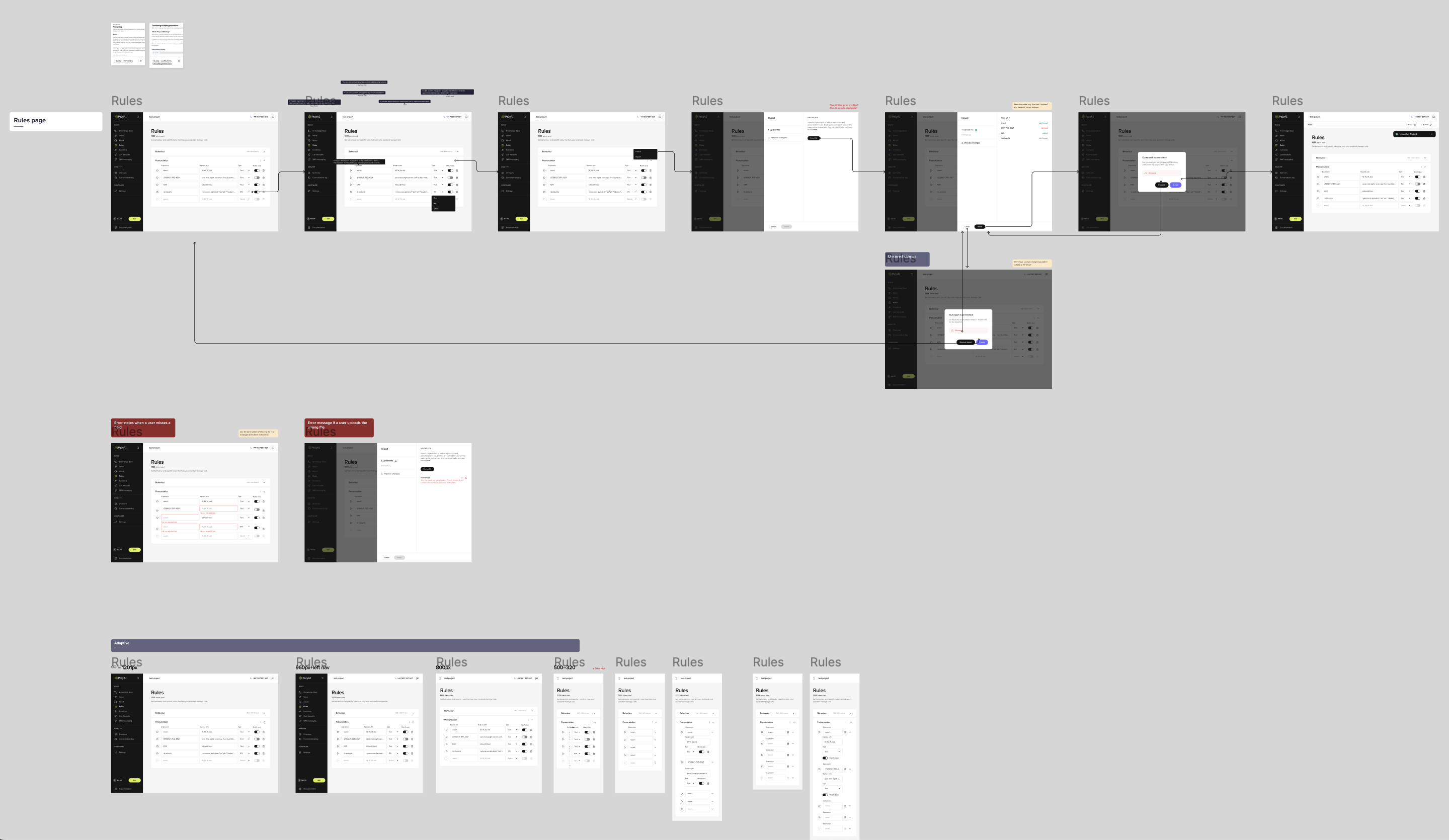TTS pronunciation rules
Speech accuracy improvements and Text-To-Speech
Jan 2025
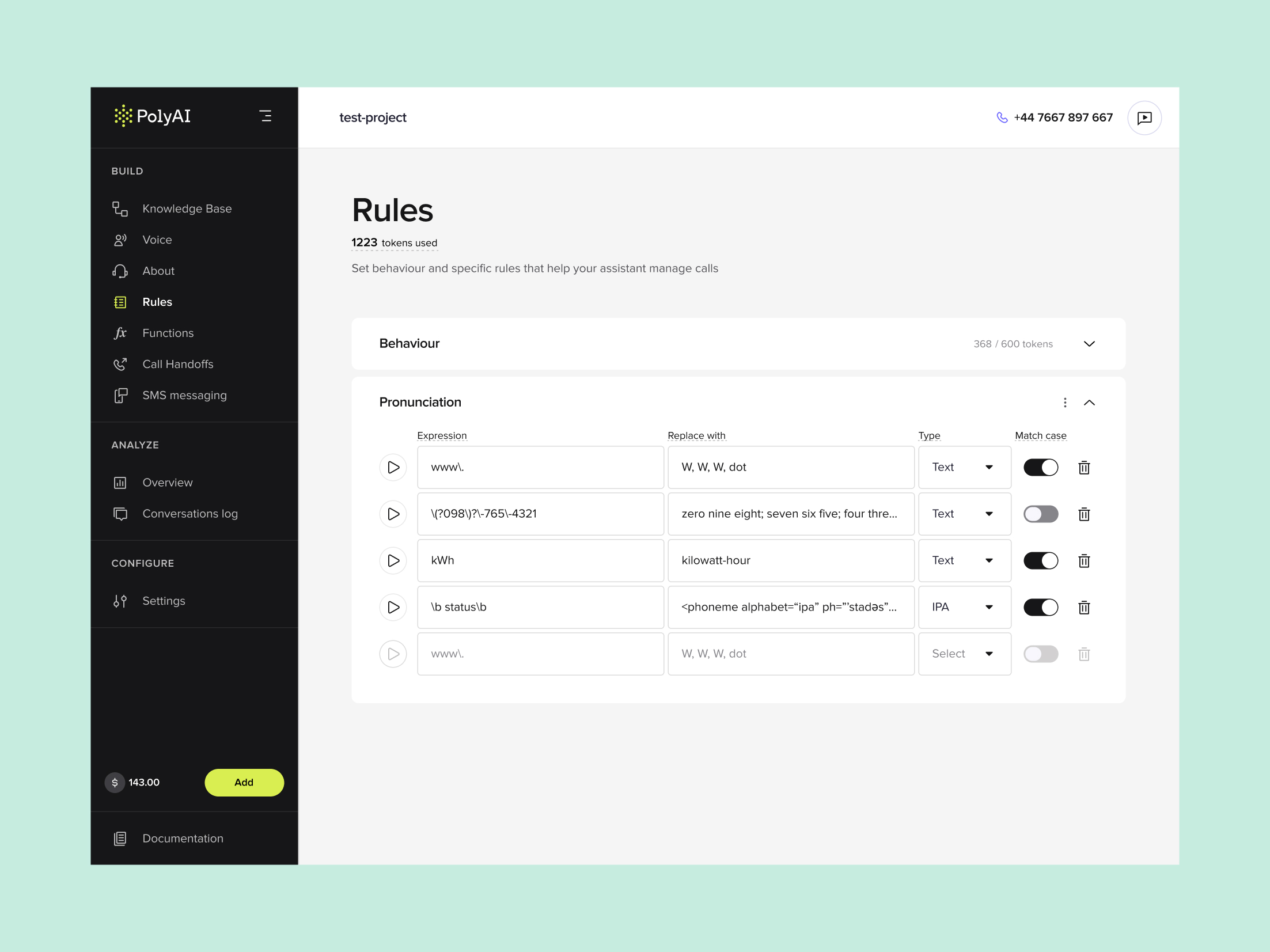

PolyAI relies on Text-to-Speech (TTS) to generate natural, human-like audio for enterprise voice assistants. However, uncommon words, brand names, domain-specific terminology, or structured inputs like addresses and phone numbers were frequently mispronounced.
Engineers and Dialog Designers had no way to fix these issues inside of the platform and had to modify backend configuration files instead. I designed a dedicated TTS Pronunciation Rules feature that brings Regex-based matching, IPA replacements, and plain text replasment support giving experts full control over pronunciation and dramatically improving the usability and speed of their workflow.
